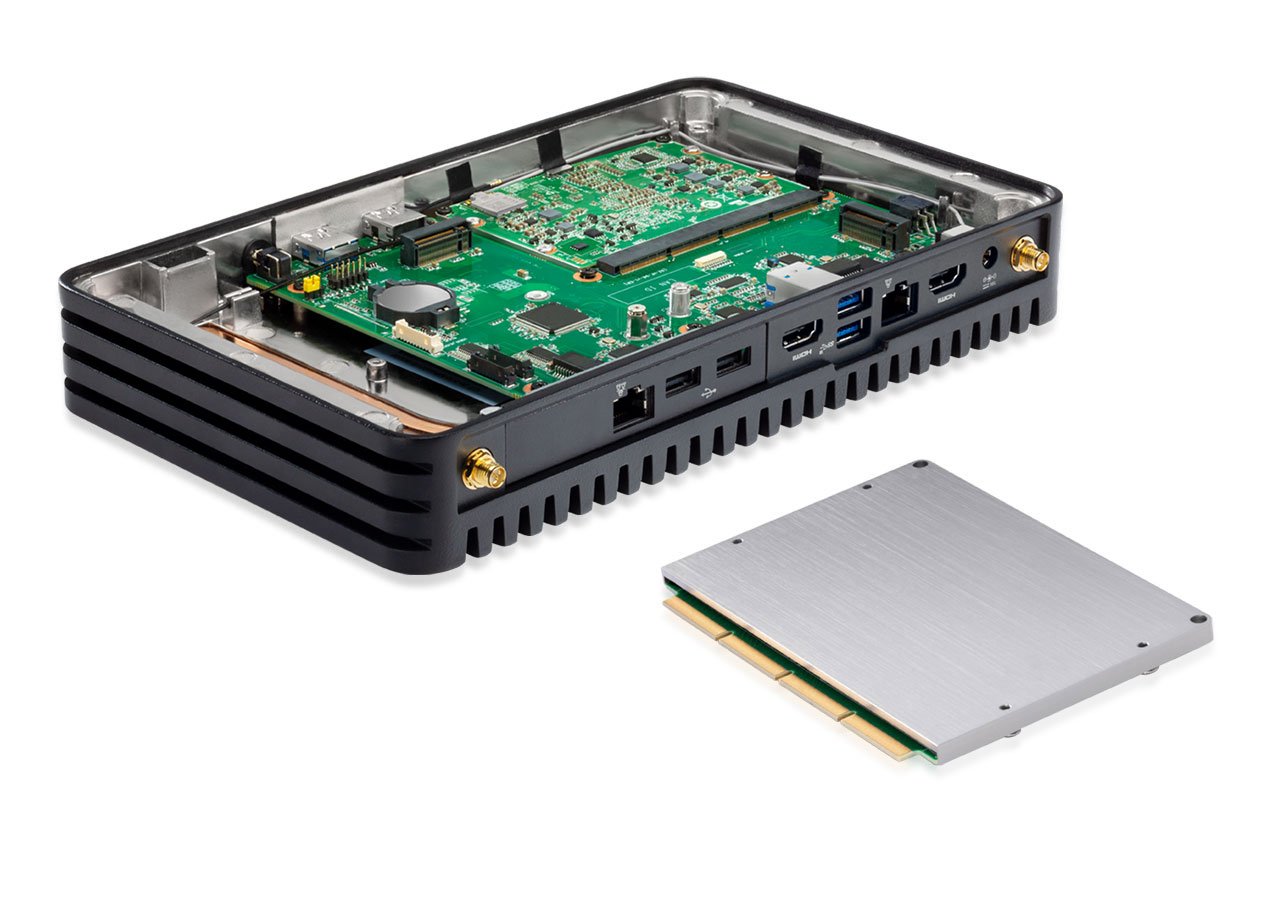
In the landscape of IT hardware, development boards have emerged as powerful tools for innovation, prototyping, and education. These versatile system components provide a platform for designers, engineers, hobbyists, and students to explore and create new technologies. With a range of applications in computer hardware, development boards serve as foundational computer components that drive experimentation and innovation. This guest post delves into the significance of development boards, their diverse applications, and how they contribute to the evolution of technology.
Understanding Development Boards
Development boards are printed circuit boards (PCBs) equipped with essential components like microcontrollers or microprocessors, input/output (I/O) interfaces, and power connections. They provide a convenient platform for developing and testing electronic circuits and systems. Popular examples include Arduino, Raspberry Pi, and BeagleBone, each offering unique features and capabilities tailored to different needs.
The Role of Development Boards in IT Hardware
Development boards play a crucial role in modern technology for several reasons:
-
Prototyping and Experimentation: Development boards allow for rapid prototyping of electronic projects. By providing a ready-made platform with essential components, users can quickly test ideas, troubleshoot issues, and iterate designs without the need for custom hardware fabrication.
-
Educational Value: These boards are invaluable in educational settings, enabling students to gain hands-on experience in electronics, programming, and system design. They offer a practical way to learn complex concepts and develop problem-solving skills.
-
Innovation and Creativity: For makers and hobbyists, development boards inspire creativity and innovation. They provide the tools needed to turn ideas into reality, from simple projects to complex systems, fostering a culture of experimentation and exploration.
-
Cost-Effective Solutions: Development boards offer a cost-effective way to develop and test new technologies. Their modular nature allows for incremental upgrades and expansions, reducing the need for expensive custom hardware.
Key Features of Development Boards
Different development boards come with varying features that cater to specific applications and requirements. Here are some common features to consider when choosing a development board:
-
Processing Power: The type and speed of the microcontroller or microprocessor determine the board’s processing capabilities. Boards like Raspberry Pi offer more powerful processors suitable for complex tasks, while Arduino boards are ideal for simpler applications.
-
I/O Interfaces: Development boards provide various I/O interfaces, such as digital and analog pins, USB, HDMI, and Ethernet ports. These interfaces enable connections with sensors, displays, and other peripherals, facilitating interaction with the external environment.
-
Connectivity Options: Many development boards include built-in connectivity options like Wi-Fi, Bluetooth, and Zigbee, making them ideal for Internet of Things (IoT) applications. These features enable seamless communication and data exchange with other devices and networks.
-
Memory and Storage: The amount of RAM and onboard storage affects the board’s ability to run applications and store data. Some boards support external storage options like SD cards or USB drives for additional capacity.
-
Power Supply: Development boards can be powered through USB, batteries, or external power adapters. Power requirements and options vary depending on the board’s design and intended use.
Applications of Development Boards
Development boards are used across various industries and applications due to their versatility and adaptability:
-
IoT and Smart Devices: In the rapidly growing IoT sector, development boards serve as the backbone for creating smart devices and connected systems. They enable the integration of sensors, actuators, and communication modules, facilitating the development of applications like smart homes, industrial automation, and environmental monitoring.
-
Robotics and Automation: Development boards are essential in robotics projects, providing the processing power and control capabilities needed to drive motors, process sensor data, and execute complex algorithms. They are used in applications ranging from simple robots to advanced automation systems.
-
Embedded Systems: In embedded systems, development boards allow for the design and testing of custom solutions tailored to specific tasks. They are used in industries like automotive, healthcare, and aerospace, where specialized functionality is required.
-
Education and Research: In educational and research settings, development boards are used to teach programming, electronics, and system design. They provide a practical platform for conducting experiments and exploring new concepts in science and technology.
-
Art and Creative Projects: Artists and designers use development boards to create interactive installations and artworks. By integrating sensors, lights, and sounds, they can produce dynamic and engaging experiences that respond to viewer interactions.
Choosing the Right Development Board
Selecting the appropriate development board depends on several factors, including the intended application, available resources, and specific project requirements. Here are some considerations when choosing a development board:
-
Project Requirements: Define the scope and objectives of your project. Consider factors like processing power, I/O interfaces, connectivity, and power supply needs to identify the most suitable board.
-
Community and Support: Development boards with active communities and extensive documentation are advantageous for beginners and advanced users alike. Access to tutorials, forums, and libraries can significantly enhance the development experience.
-
Budget and Availability: Evaluate the cost of the development board and any additional components required for your project. Ensure that the board and necessary accessories are readily available.
-
Scalability and Compatibility: Consider the scalability of the board and its compatibility with existing systems and components. Choose a board that allows for future expansions and upgrades as your project evolves.
Conclusion
Development boards are integral system components in the world of IT hardware, offering a versatile and accessible platform for innovation, learning, and creativity. By providing the tools needed to prototype, test, and refine ideas, these computer components empower users to explore the boundaries of technology and bring new solutions to life. Whether in education, industry, or the arts, development boards continue to inspire and enable the next generation of creators, engineers, and innovators. As technology advances, these foundational tools will play an increasingly important role in shaping the future of computer hardware and beyond.